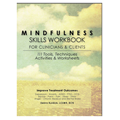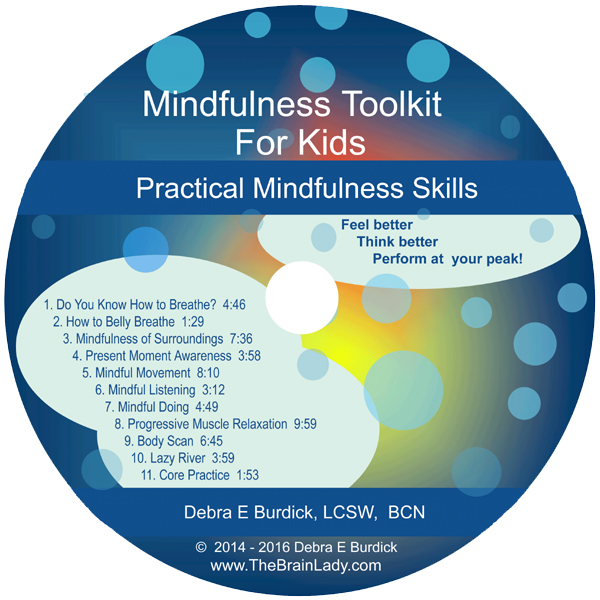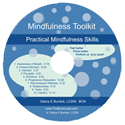Six Steps to a Successful Move
Posted on July 19, 2011 by Debra Burdick
Moving can feel overwhelming to anyone, but especially to those with ADHD or who struggle with organizational skills.
The following are the six major steps I took to plan, organize, and execute my recent move from CT to NY. They can be applied to any move whether it is moving your home or office to a new local location, or moving your life to another state.
1) Set a date. The first step after deciding to move is to pick a date. Be realistic when choosing the date. Give yourself time to plan, organize and execute the move. Build in more time than you think you will need including time off from work the week before the move.
 2) Plan the move. Create a timeline and set goals for the process of moving. Decide if you will rent a truck, ask friends to help, or hire movers. Call at least a few weeks ahead of time to reserve a truck or schedule the movers. If you have a piano, make special arrangements to insure a safe move. If you are moving or packing yourself, collect empty boxes, plastic storage bins, packing materials including plastic wrap, tape, foam, packing paper, and tie down straps. Make sure you schedule enough help to do the actual packing and loading (and unloading) the truck..
2) Plan the move. Create a timeline and set goals for the process of moving. Decide if you will rent a truck, ask friends to help, or hire movers. Call at least a few weeks ahead of time to reserve a truck or schedule the movers. If you have a piano, make special arrangements to insure a safe move. If you are moving or packing yourself, collect empty boxes, plastic storage bins, packing materials including plastic wrap, tape, foam, packing paper, and tie down straps. Make sure you schedule enough help to do the actual packing and loading (and unloading) the truck..
Decide if you will have a yard sale, set the date and advertise it in the newspaper. Get some price stickers. Schedule trips to the dump and donation center.
Determine if you can do the packing gradually over a few weeks without disrupting the household too much. Schedule when you will pack what. Break the packing task into smaller pieces if possible. For example, pack all your books. Then pack all the clothes you don’t need to wear in the next few days. Then take one room at a time and pack the contents. Schedule enough time to pack things carefully to avoid breakage. The kitchen alone will take several hours to pack depending on how much help you have.
Call your utility companies to cancel/shut off/transfer service. This includes electric, phone, cable, internet, and oil/gas companies.
Sign Release of Information forms at your local medical providers so they can forward your (and your family’s) medical records to your new providers after you move. Ask your hairdresser to write down the products used on your hair and the formulas used so you can get the same color from your new hairdresser. Remember to get your veterinary records for your pets.
Contact the school to arrange to get your children’s academic records to their new school.
Notify the people who mow your lawn or deliver your newspaper.
Plan a going away party to say farewell to friends, family, and business associates.
 3) Sort through your belongings. Chances are you have way more stuff than you think you do. I sure did. Sort through your furniture and belongings and make some tough decisions about what to take and what to leave behind. Consider the space you will be moving into. Figure out what you will keep, sell, donate, give to family or friends, store, or throw out. If you don’t love it and you haven’t used it in the past year, let it go.
3) Sort through your belongings. Chances are you have way more stuff than you think you do. I sure did. Sort through your furniture and belongings and make some tough decisions about what to take and what to leave behind. Consider the space you will be moving into. Figure out what you will keep, sell, donate, give to family or friends, store, or throw out. If you don’t love it and you haven’t used it in the past year, let it go.
Consider why you feel emotionally attached to some items to help you make good choices to lighten your load. I decided to take photos of my daughter’s elementary school artwork rather than keeping everything she created because my stomach hurt when I tried to discard her work. I felt much better after taking the photos.
Think hard before deciding to store your belongings. Many people never retrieve the things they’ve stored and they pay monthly to have their stuff sit there. Craig’s List works well for selling many items including furniture. Find out what your local donation centers will accept and what their hours are. You may have to hire/borrow a truck to get things to the local dump or donation center. Some donation centers will pick larger items up at your home if they are in great condition. Family and friends might be delighted to have some of your furniture or kitchen gadgets.
4) Pack. Organize the content of the boxes based on what room they will be used in where you are moving.
 Label the boxes. A color coded sticker system can be used. For example, put a red sticker on all the boxes that belong in the kitchen. This makes unloading so much easier. Important papers that you may need when you first get to your new location should be packed carefully so you know where they are and they are readily accessible. Use foam to wrap breakables.
Label the boxes. A color coded sticker system can be used. For example, put a red sticker on all the boxes that belong in the kitchen. This makes unloading so much easier. Important papers that you may need when you first get to your new location should be packed carefully so you know where they are and they are readily accessible. Use foam to wrap breakables.
 5) Change your address. Go online at USPS.com to enter a change of address with the local post office. Notify your bank, credit card companies, cell phone provider, tax collector, business suppliers, internet accounts, school, and professional organizations. Many of these can be changed online while some require a phone call.
5) Change your address. Go online at USPS.com to enter a change of address with the local post office. Notify your bank, credit card companies, cell phone provider, tax collector, business suppliers, internet accounts, school, and professional organizations. Many of these can be changed online while some require a phone call.
6) Move and unload. Be sure you have lots of help to pack and move and that some of your help can lift and carry heavy loads. Keep in mind that a good professional mover may take an entire day to load the belongings from a household.
Unloading generally goes faster than loading. Set up a staging area where the boxes can be placed until they are ready to be unpacked. This might be a garage or a specific room such as a bedroom. Put boxes marked with stickers in the appropriate room.
Plan to keep working at unpacking over the next few weeks one box at a time and one room at a time. Stay focused or you will discover boxes that never got unpacked a year later.
I would love to hear your personal experiences with this topic.














No comments yet. You should be kind and add one!
The comments are closed.